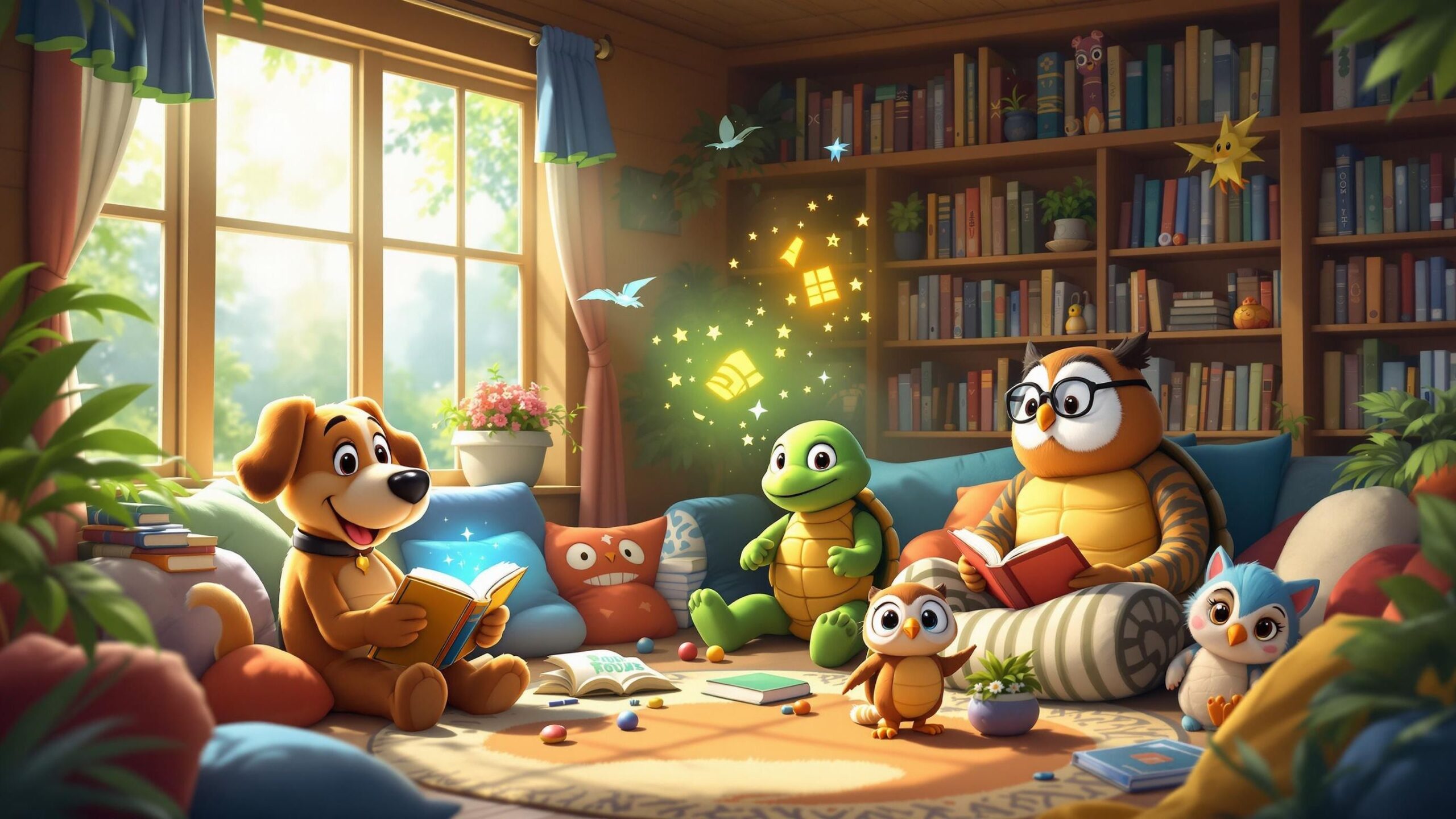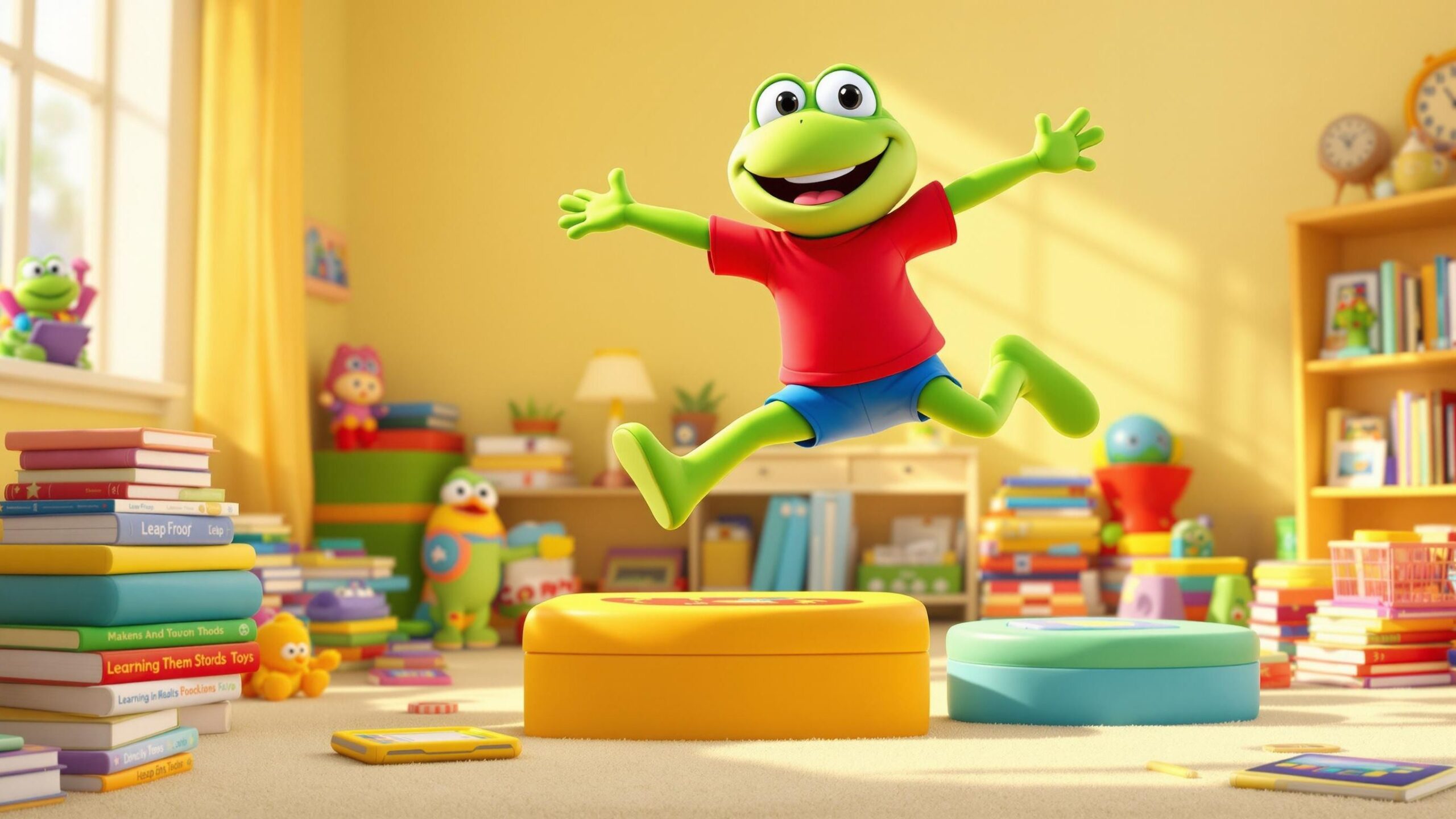Let’s face it—reading isn’t always the first thing kids jump to when they think of fun. But for those who grew up with Saturday morning cartoons and after-school specials, certain animated icons made books feel like portals to adventure. These cartoon mascots didn’t just appear in shows; they championed literacy, encouraged kids to hit the library, and made reading a gateway to mystery, magic, and imagination. From word-powered heroes to bookworms with serious personality, these characters used humor, charm, and storytelling to make reading cool. Whether they were decoding ancient scrolls or breaking down big words in bite-sized segments, these mascots proved that reading could be just as exciting as anything on screen. Here are the top 10 cartoon mascots who made reading awesome for kids.
#10: WordGirl
From WordGirl brought superhero swagger to vocabulary. With her sidekick Captain Huggy Face and her power to defeat villains using word knowledge, WordGirl turned complex language into an action-packed thrill. Every episode had her facing off against baddies like The Butcher or Lady Redundant Woman, but instead of punches, she used precise vocabulary to outwit them. Her witty wordplay and fast-paced battles made literacy feel dynamic and clever, encouraging kids to expand their vocabulary not just for school, but for fun. WordGirl wasn’t just reading aloud—she was living her language skills.
#9: LeVar Burton
From Reading Rainbow wasn’t a cartoon himself, but the show featured plenty of animated segments that used colorful visuals to bring books to life. These interludes featured charming characters who literally jumped off the page, inviting viewers into their worlds. Whether it was a bear baking pies or a robot discovering emotions, these animated shorts were crafted to spark imagination. Combined with LeVar’s gentle encouragement and genuine excitement, these scenes made reading feel magical and limitless. It didn’t hurt that the show’s opening theme is still an earworm decades later.
#8: Leap the Frog
From LeapFrog DVDs like Letter Factory became a literacy legend thanks to catchy songs and animated lessons that didn’t talk down to kids. Alongside his siblings Tad and Lily, Leap helped decode the mysteries of the alphabet, phonics, and early reading with enthusiasm and clarity. These cartoons mixed musical fun with serious educational value, giving kids confidence in tackling new words. Leap was like your friendly tutor in frog form—always ready to break down a syllable or cheer you on when you finally sounded out “chimpanzee.”
#7: Between the Lions’
Lionel and Leona were two of the coolest reading lions ever animated. Hosting a show inside a magical library, they made reading fun with skits, puns, and all-out literary chaos. Whether singing about silent letters or exploring storytelling themes, they were part of a larger cast of puppets and cartoon characters who made language come alive. Their sense of curiosity and wonder made them perfect role models for young readers—and the show’s blend of humor and learning made it a go-to resource for early literacy.
#6: Clifford the Big Red Dog
Might not have taught phonics directly, but the animated version of Norman Bridwell’s books helped kids fall in love with stories. The gentle narration, thoughtful lessons, and emphasis on kindness all reinforced the idea that books were more than words—they were meaningful experiences. Clifford’s animated world encouraged kids to check out the original books, making him one of the most effective gateways from screen to page. Plus, who wouldn’t want to read more about a dog the size of a house?
#5: Ruff Ruffman from Fetch!
With Ruff Ruffman may be remembered for science, but he was also an early reader’s ally. In apps, ebooks, and side segments, Ruff appeared in animated shorts promoting reading comprehension, vocabulary games, and even storytelling contests. His lovable chaos, over-the-top enthusiasm, and endless curiosity made him a surprising mascot for literacy. Kids didn’t feel like they were being tested—they felt like they were part of Ruff’s hilarious journey to figure out how words work in the real world.
#4: Maya and Miguel
From the show of the same name promoted bilingual literacy through fun, character-driven stories that highlighted both English and Spanish words. Their animated adventures often centered around communication, storytelling, and cultural understanding, subtly reinforcing the power of language and reading in everyday life. PBS even released Maya & Miguel-themed reading games, books, and literacy initiatives that turned the siblings into mascots for inclusive learning. Their warmth and humor helped bridge language gaps and celebrate the joy of reading in two tongues.
#3: The Reading Rangers
From Super Why! gave preschoolers their first taste of narrative power. Each character represented a key component of literacy—Alphabet, Spelling, Word Power, and Reading—and together they jumped into books to solve fairy tale dilemmas. These animated sequences didn’t just tell stories—they altered them using words. The characters modeled phonemic awareness, sentence-building, and problem-solving using the structure of stories themselves. It was interactive, imaginative, and deeply empowering for emerging readers.
#2: Bookworm
From Arthur wasn’t a major character—but the Arthur universe itself, including the library scenes, recurring book fairs, and reading-centered episodes, made the entire cast honorary literacy mascots. D.W. struggled with reading, Arthur obsessed over certain books, and even Binky discovered a secret love for poetry. The show treated reading as something normal, funny, and sometimes difficult—but always worthwhile. The presence of animated books and book-loving characters like Fern and Sue Ellen made reading feel socially cool, even if you were more into graphic novels than classic lit.
#1: The Magic School Bus’s
Ms. Frizzle may have been about science, but her whole world was built on storytelling, curiosity, and active reading. From the moment she opened a book and launched her class into space or under the sea, Ms. Frizzle modeled what reading could do—it could take you places. Her lessons always started with a question and often ended with students reading or writing about their experience. The show also inspired companion books that reinforced the lessons. Ms. Frizzle made information engaging, but more importantly, she showed that readers are explorers—and reading is how you start the journey.
These cartoon mascots didn’t just read books—they made books feel alive. They showed kids that reading wasn’t a boring chore, but a ticket to imagination, understanding, and even superpowers. Whether they were battling word villains or leaping into a fairy tale with a marker in hand, these animated champions turned literacy into an adventure. And in doing so, they helped raise a generation of kids who not only knew how to read—but actually wanted to.




